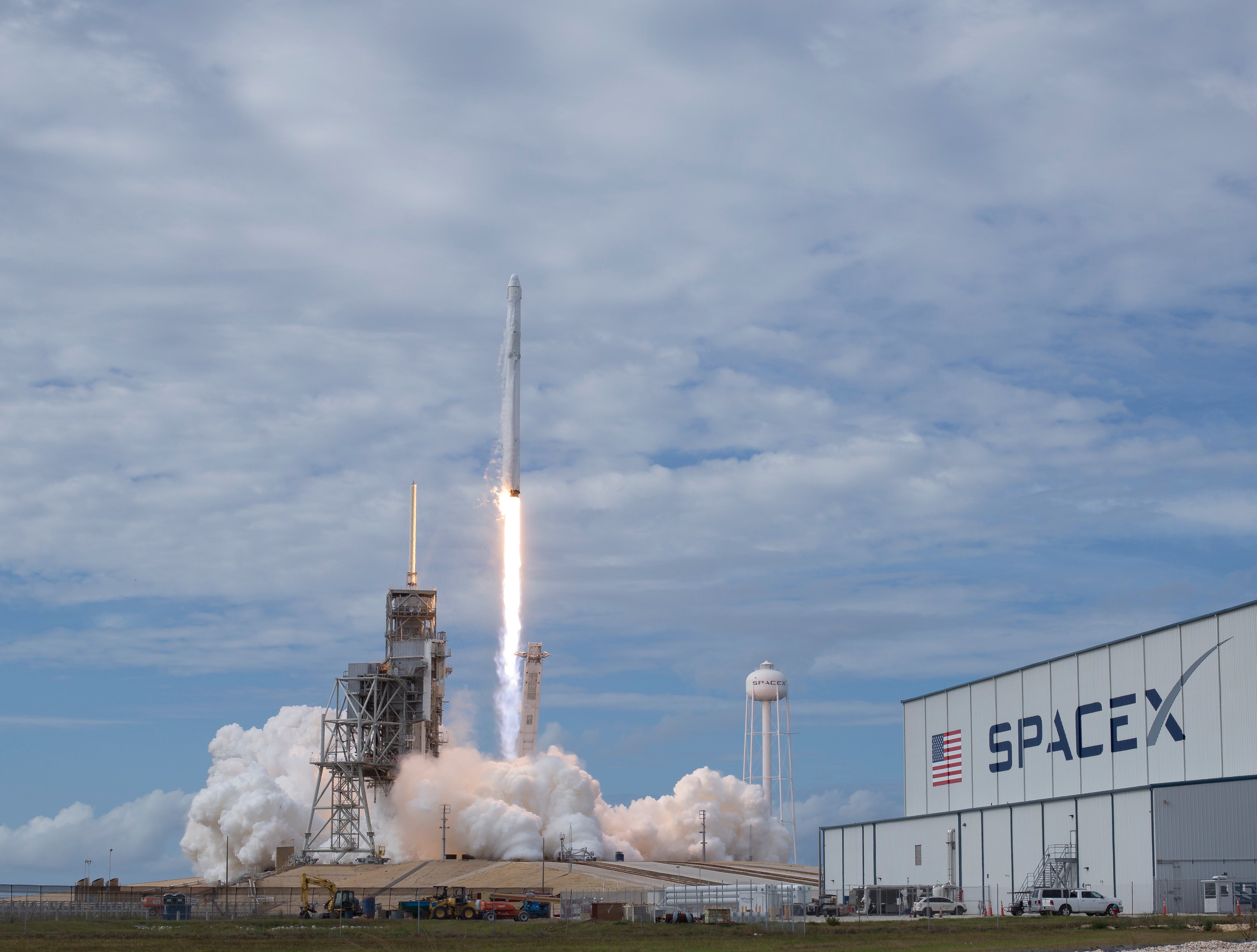Virtual Telescope Project offers last glimpse of SpaceX rocket before it crashes into Moon
A SpaceX Falcon 9 booster launched in 2015 and spinning wildly since running out of fuel will impact the far side of the Moon in March. The Virtual Telescope Project is offering the last live views of the booster from Earth on 7 and 8 February.

Elon Musk’s space launch company SpaceX is going to the Moon in March — just not in the way Mr Musk, the company’s billionaire chief executive, might prefer.
A four-tonne section of a SpaceX Falcon 9 booster launched in February 2015 will strike the far side of the Moon at 2.58km/s on 4 March.
While the actual impact on the Moon will be hidden from viewers on Earth, you can get a final glimpse of the rocket section before it passes out of view. The Virtual Telescope Project is live streaming the Falcon 9 booster’s last hours in sight of Earth beginning at 18:00 GMT Monday and Tuesday, 7 and 8 February.
The rocket booster has flown a chaotic orbit around the Earth since running out of fuel during its 2015 launch of an interplanetary mission, and it is not yet known exactly where the booster will impact the lunar surface.
According to a 6 February blog post on the Virtual Telescope Project website, the rocket section is around 300,000 kilometers from Earth, spinning once every 10 seconds, causing it to flash.
The partially reusable Falcon 9 has been a workhorse for SpaceX, launching hundreds of small satellites for the company’s Starlink satellite internet program, as well as flying astronauts to the International Space Station as part of Nasa’s Commercial Crew Program.
On 3 February, Mr. Musk retweeted reporting by Ars Technica that noted the Falcon 9 has flown more successful consecutive missions — 111 — than any other orbital rocket. Mr Musk added in a second tweet that Falcon 9 rockets may launch an average of once per week throughout 2022, carrying around 2/3 of orbital payloads.
Join our commenting forum
Join thought-provoking conversations, follow other Independent readers and see their replies
Comments
Bookmark popover
Removed from bookmarks